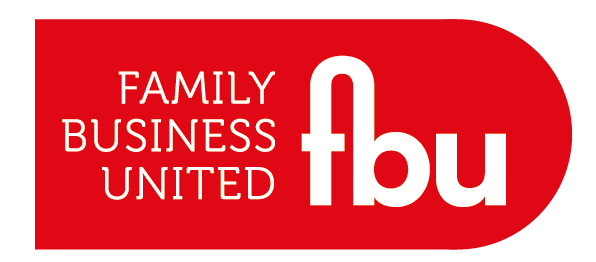Family Values, Family Brand
- Paul Andrews - Founder & CEO, Family Business United

- Nov 2, 2021
- 3 min read
How can you ensure that your business reflects the character of your family? Could an internal brand be part of the solution?
The defining feature of a family business is the family – whether that’s a couple, siblings, or a multi-generational dynasty. Whatever the configuration might be, if you’re going to identify as a family business, you want to be able to see yourself in it. It might sound abstract and impersonal to talk about your family as part of a brand strategy, but ultimately it’s about ensuring that your business reflects who you are.
What are you like? What are you passionate about? How do you work out what is most important to you, and embed those priorities in the company?
Express What Matters
As the Institute for Family Business puts it, “building a compelling family business brand necessarily involves bringing the values that define the company and the family to life.” The first step is to articulate what your values are, and why they should matter to your audience. Family culture is usually unspoken, but you have to be explicit about it if you want to pass it on.
That means paying attention to your internal brand – how your employees perceive the company and what they think its characteristics are. Your employees see the workings of your business every day. They know whether it is living up to the rhetoric or not. You’re relying on them to express the company through their work, whether that is in marketing, dealing with partners or suppliers, or workplace culture. They are an audience for the brand, just as much as customers are. And if you are going to be the face of a company, especially one with your name on it, you have to know that your employees see it the same way you do.
Pass It Down
Family businesses often pass on their brand characteristics informally from one generation to another. For example, Lego began with a woodworker called Ole Kirk Christiansen. He made wooden toys by hand, and when he first moved to machine tooling, he made himself a reminder to maintain the same high standards: he carved the words ‘only the best is good enough’ and hung it on the wall.
He expected the same from his son Gotfred when he started in the workshop. When Gotfred sent a shipment of toys with two coats of paint instead of three, Ole told him to bring them back and do it properly. Then he instructed his son to carve the motto out for himself as a reminder of ‘how we do things around here’.
That’s what a brand characteristic is: how we do things around here. The difference is that as a company grows and the number of employees expands, the company needs to formalise those values and find new ways to express them.
A few decades later, Lego bricks had gone around the world and imitators were beginning to emerge. Gotfred, now in charge, found a new way to articulate that original lesson: “no one must be able to do this better than us”. It set a standard for what was now a diverse workforce across multiple locations, giving them something to aspire to and take pride in.
Quality remains one of Lego’s brand characteristics, alongside imagination, creativity, learning, fun, and caring. It was Ole’s grandson, Kjeld Kirk, who formulated those six principles into the brand Lego operates by today.
Make It Real
Like many typical brand values, ‘quality’ is very generic. What makes it authentic is the way the idea is brought to life and personified by the family story.
As you look at how to express your family through the business, look for those stories in your history that demonstrate the principles. Identify iconic moments that demonstrate ‘how we do things around here’, or when key lessons were learned. A story will anchor those principles in employees’ minds, becoming part of company lore. Make sure those stories are illustrative and not prescriptive. There should be enough flexibility for the business to interpret their values in new ways and adapt without losing integrity.
Try to demonstrate those principles through the founding family in visible ways. Use reminders to keep those characteristics in mind – your own equivalent of carving them and hanging them on the wall. Keep running your processes and business decisions past that brand framework to make sure that you are living up to what you think is important.
Developing an internal brand for a family business takes time and investment, but it can be an inspiring project. In our branding work, we’ve seen many businesses reinvigorated by the process of working out their key characteristics and embedding them in an employee brand. It can create unity, pride, and a new sense of purpose.








%20copy%20(4)%20copy%20(1)%20copy%20copy%20(1)%20copy%20(1)-Medium-Quality.jpg)



.png)
























